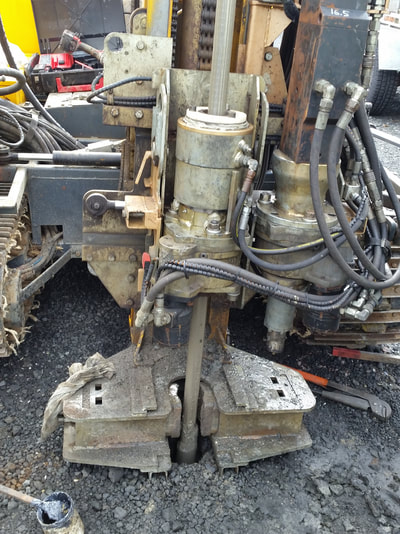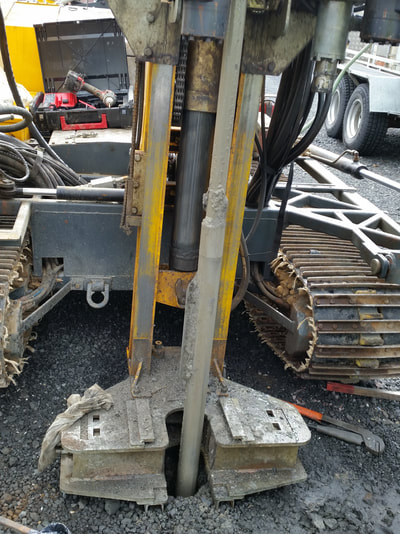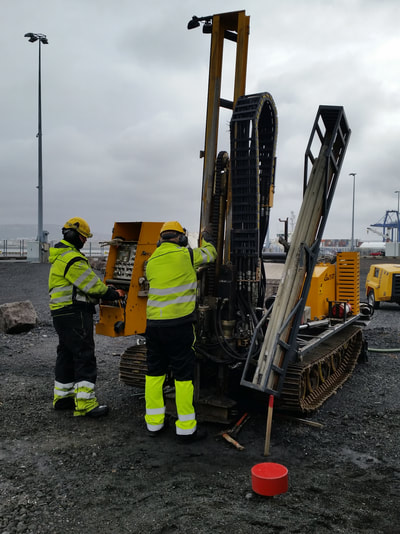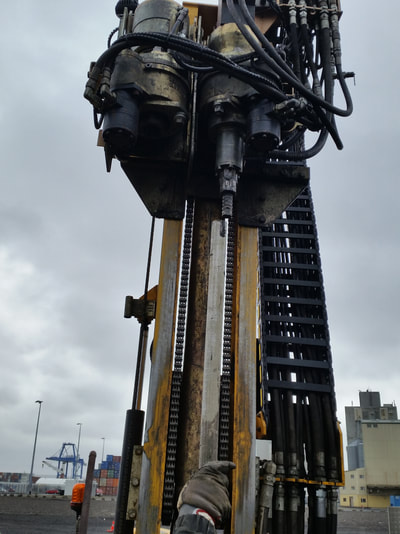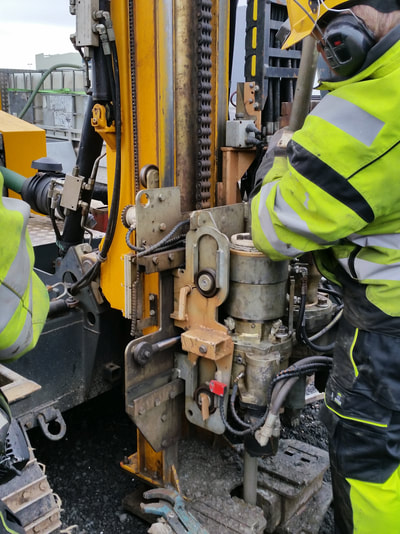"Geotechnical Engineering, foundation of the future"
GEOTECHNICAL CONSTRUCTIONS in ICELAND
Geotechnical projects in Iceland are diverse and range from small scale project solved on the domestic market to large scale projects with international participation. In recent years the main tasks include: Design and construction of large dams for hydropower generations; Defence structures for snow avalanche protection; Stability and settlement of fills on silty soil; Floating roads on peat; Landfills on clay and silty soil at fjord crossing as well as bridge foundations on piles; Evaluation of rock in foundations and underground constructions such as power stations and tunnels.
Additionally, geohazards require consideration. In Iceland these include earthquakes, volcanism, crustal movements, glacial hazards, avalanches, landslides, rock slides, rock fall, unstable rock wedges, liquefaction, floods and more. Geohazards call for hazard assessment, risk analysis and geotechnical evaluations, including those related to geotechnical earthquake engineering.
Some examples are following.
Additionally, geohazards require consideration. In Iceland these include earthquakes, volcanism, crustal movements, glacial hazards, avalanches, landslides, rock slides, rock fall, unstable rock wedges, liquefaction, floods and more. Geohazards call for hazard assessment, risk analysis and geotechnical evaluations, including those related to geotechnical earthquake engineering.
Some examples are following.
|
|
Floating road on peat and new bridge
On the ring road between Hveragerdi and Selfoss,1d6, will during the years 2017 and 2018 be rebuilt 12.8 km, traffic on existing road was in 2014 about ADT 7000. Interesting project including new bridge and floating road on peat with variable depth from 2 – 8.5 m. Predicted settlement at several sections will be around 1.5 m and maximum settlement about 2.7 m. The estimated amount of fill due to settlement is about 300.000 m3 |
|
|
The Kárahnjúkar Hydroelectric Project
Dams represent the largest geotechnical constructions in Iceland. The two largest dams in Iceland retain the main storage of the 690 MW Kárahnjúkar Hydroelectric Project, operation of which commenced in 2007. The Kárahnjúkar dam has a maximum height of 198 m and crest length of 730 m and was constructed using 8.5 million m3 of fill materials. The Desjarárdalur dam has a maximum height of 70 m in height and crest length of 1100 m. The Sauðárdalur dam is part of the same project, it has a maximum height of 25 m and length 1100 m. |
|
|
Snow avalance protections
Constructions of avalanche protection for densely populated areas is a big issue in Iceland. Various types of structures, dams, walls and cones, are constructed as protection against snow- and landslides and are widely used to improve the safety in avalanche-prone areas. Avalanche dam constructions in Iceland are usually between 10 – 25 m at height and the length can be from 50 – 600 m or more. The total material can be in the range of 300.000 – 500.000 m3. These structures are normally constructed in difficult circumstances in mountain slopes and often very challenging for geotechnical engineers |
|
|
Low volume road - straight crossing
New road, ADT 100, crossing two fjords, total length 15,9 km there of 2,5 km over seawater. Section 2 in the project crossing Mjóafjord, length of road over the fjord is 1 km, length of bridge 160 m. Depth in seawater 10 – 14 m and fill above sealevel is 5 m. Total fill material due to settlement was estimated 40.000 m3 plus total fill in crossing 493.000 m3. Material at seabed is 4 – 6 m of fine silt and clay on rock, settlement of fill was up to 2,0 m. Due to unstable material in bottom filling was done from boat. Section 6, crossing Kjálkafjord. Length of road over the fjord is 1,5 km, length of bridge 117 m. Depth in seawater 3 – 6 m and fill above sealevel is 5 m. Total fill material due to settlement was estimated 53.000 m3 plus 518.000 m3 total fill in crossing. Material at seabed is 3 – 8 m of fine silt and clay on rock, settlement of fill was up to 1,4 m. Road opened for traffic in 2015. |
